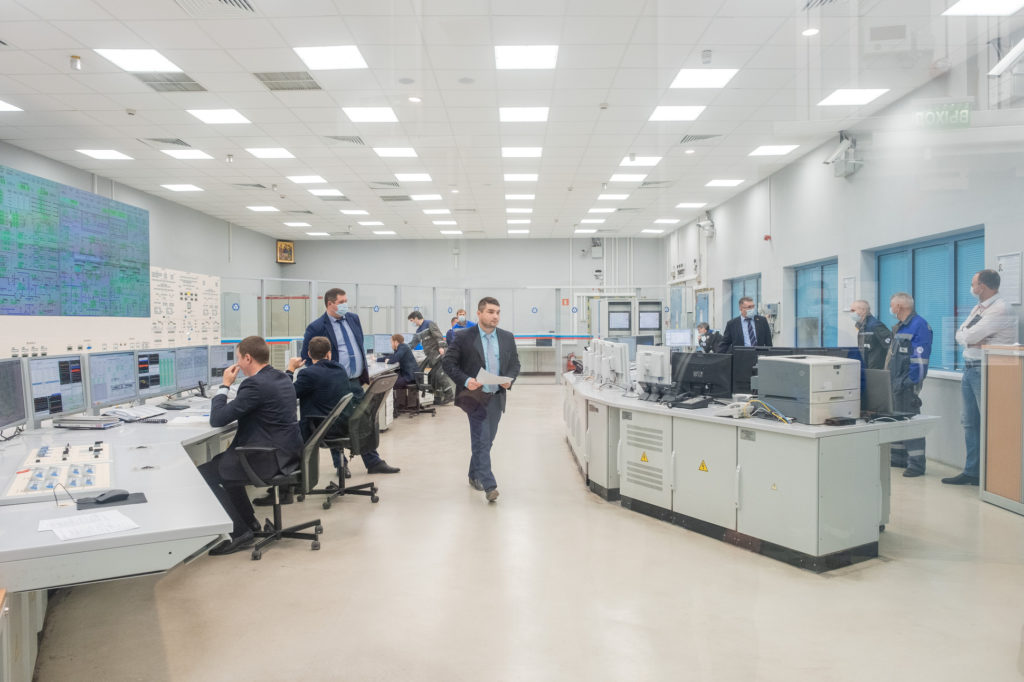
Clear Reference
back to contentsEl Dabaa is in an active construction phase. This article shares details on a VVER‑1200 power unit at the Leningrad NPP that serves as a reference for the Egyptian nuclear power plant.
Foundation works were completed at Unit 1 of Egypt’s first nuclear power plant El Dabaa that will feature VVER‑1200 reactors. This was announced by Mohamed Shaker, Minister of Electricity and Renewable Energy of Egypt, at the 66th Annual Regular Session of the IAEA General Conference on Monday. “We went ahead with our ambitious project in July after we received a construction permit for the first power unit. We have finished foundation works for Unit 1. Soon, we will join a league of the countries that have a nuclear power plant,” Mohamed Shaker said, having stressed the fact that the project was a major achievement for his country.
The Egyptian nuclear power plant is built to the Russian design. Its reference power unit is VVER‑1200‑based Leningrad NPP (LNPP) Unit 5. “The safety systems provided for in this design will make the reactors built in Egypt totally safe,” LNPP Director Vladimir Pereguda said in an interview for Al-Alam El-Youm newspaper.

The Leningrad NPP is Russia’s largest nuclear power plant in terms of installed capacity and the only one that operates power units of two different types, uranium-graphite channel-type RBMK‑1000 reactors at Units 3 and 4 and water-cooled water-moderated VVER‑1200 reactors at Units 5 and 6. Its four reactors generate a total of 30 billion kWh per annum, or over 55 % of electric power consumed in Saint Petersburg and the Leningrad region. Since commissioning of LNPP’s first unit in December 1973, the nuclear power plant has generated 1.115 trillion kWh of electricity, having set a record for the Russian nuclear power industry.
Capacity of the plant will increase in the near future. According to Vladimir Pereguda, preparations started this August to build two new units — Units 7 and 8 — with VVER‑1200 reactors. They will be brought online in 2030 and 2032 to replace the retiring capacity of Units 3 and 4.
Vladimir Pereguda stressed that every home community to a nuclear power plant would stand to gain. “Economic effects of nuclear facilities are undoubtedly positive. The communities where nuclear stations are built are thriving,” he said.




